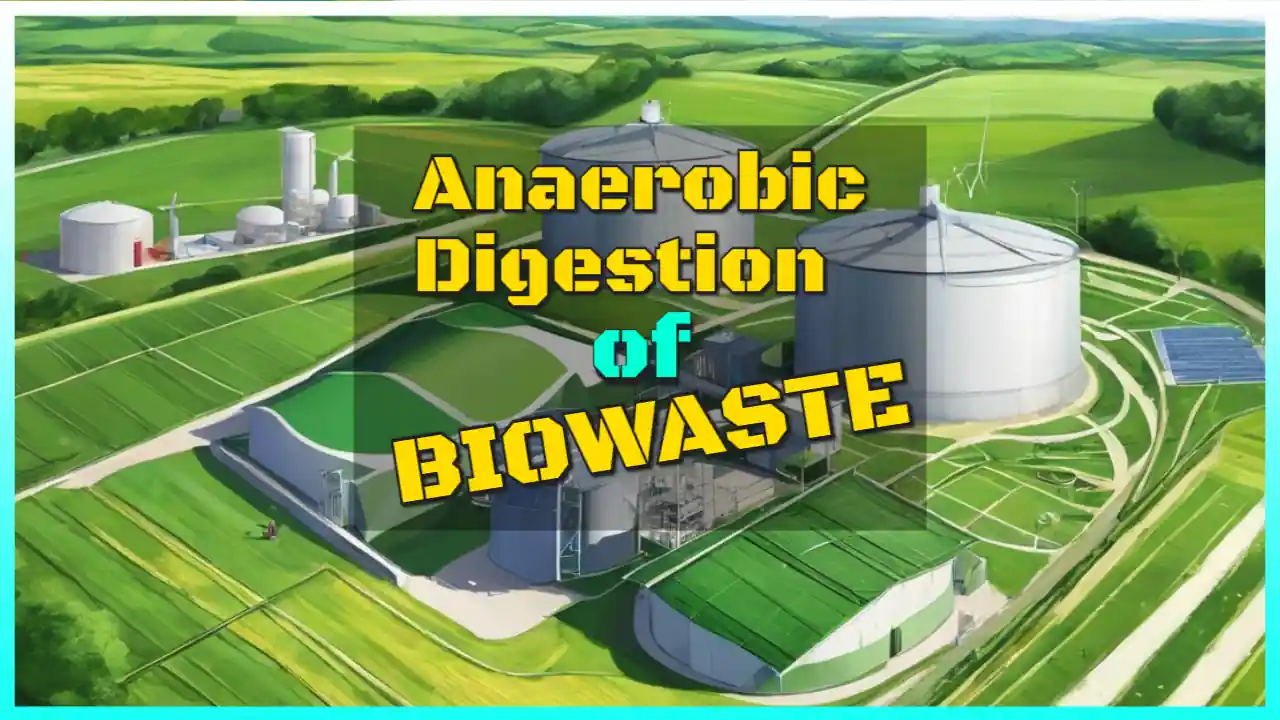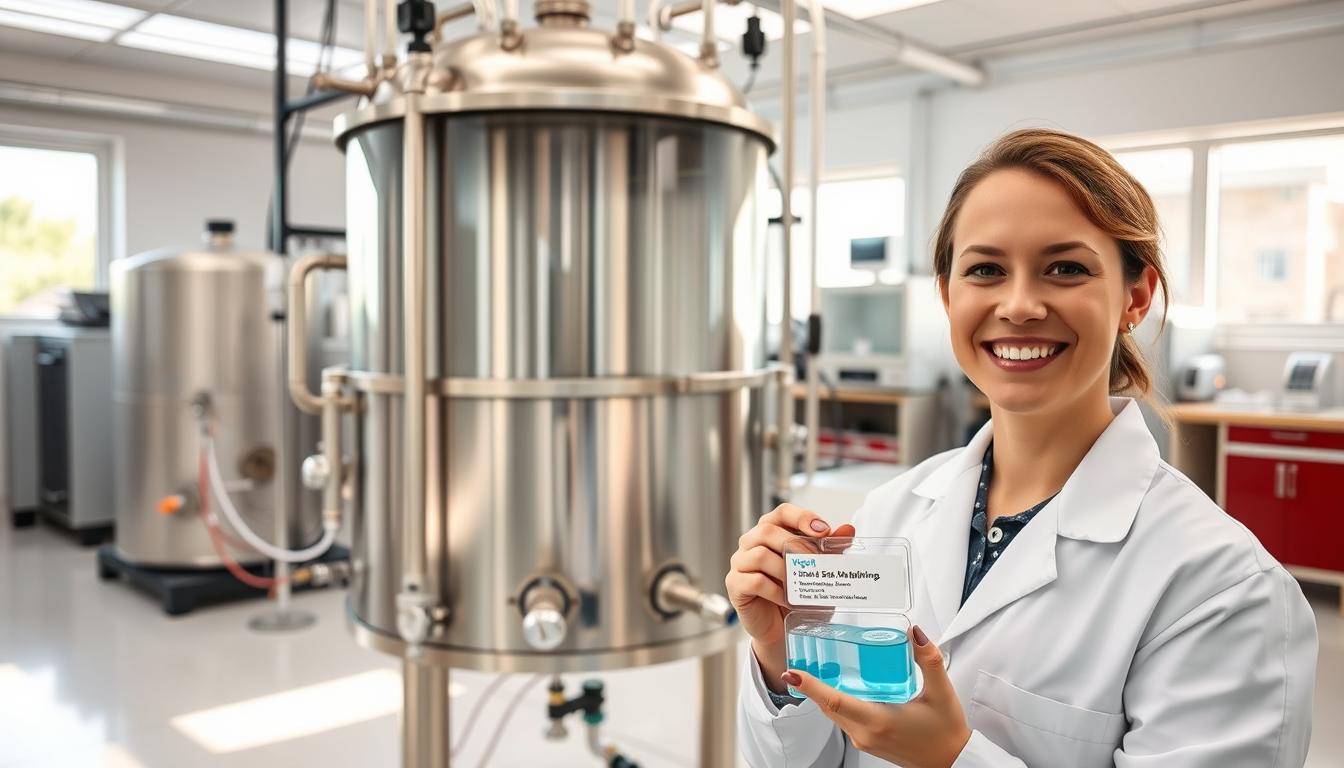Learn about the process of anaerobic digestion of biowaste and how it can benefit the environment. Discover the importance of digesting biowaste anaerobically and the anaerobic decomposition of bio-waste.
When it comes to managing organic waste materials, anaerobic digestion offers a sustainable solution that benefits both the environment and communities. By understanding the process of anaerobic digestion and its environmental benefits, businesses and individuals can contribute to a greener future.
What is Anaerobic Digestion?
Anaerobic digestion is a biological process where microorganisms break down organic matter in the absence of oxygen. This process results in the production of biogas, which can be used as a renewable energy source, and digestate, a nutrient-rich byproduct.
How Does Anaerobic Digestion Benefit the Environment?
One of the key benefits of anaerobic digestion is the reduction of greenhouse gas emissions. By capturing methane produced during the digestion process, anaerobic digestion helps mitigate climate change. Additionally, the production of biogas provides a renewable energy source that can replace fossil fuels. The nutrient-rich digestate can also be used as a fertilizer for soil, promoting sustainable agriculture practices.

For the purpose of this article, we define #Biowaste has any one of the following waste types, or combination of these waste types:
1. Source segregated household biodegradable waste that is, the food wastes from kitchens and green waste from domestic gardens.
2. The organic fraction of mixed Municipal Solid Waste (MSW).
3. Agricultural waste.
4. Sewage sludge.
5. Industrial organic waste.
How Biowaste is Digested in AD Systems
First the Biowaste is comminuted (crushed and chopped up). This reduces the size of each particle and increases the surface area overall for optimum digestion.
If there are contaminants present, these are dealt with. Metals, plastics and glass are removed at this point by systems which may be manual (e.g. conveyor picking), or automatic.
The incoming waste material is mixed with previously digested material, and liquids, to inoculate the new material with digester microorganisms. This is a vital stage and mixing must be thorough for optimum performance. The mixture now contains sufficient water to be pumped. If necessary additional fresh water may be added at this stage.
This mixture is delivered into the digestion vessel, known as the digester or reactor. In many cases, there may be too digesters. Within the digester the organisms undergo fermentation in which degradation of complex molecules takes place and #biogas production occurs.
During the digestion, these decomposition that takes place creates water from the more complex molecules, so the resulting digestate will have a higher proportion of water in it and did originally. Although, biogas, which is mostly methane is given of, the water escapes during the digestion stage.
Digestate will then be discharged, usually as a constant flow, and dewatered. In many plants, this may entail simply discharging the digestate onto a concrete slab, and allowing the liquid content to run away a drain. Periodically, the solid digestate will accumulate and be removed from the slab either into storage, and subsequent windrow composting carried out (preferred), or into a trailer for spreading directly onto land (not preferred).
Alternatively dewatering may be achieved by using a screw press. In some systems it may be passed through a centrifuge as well.
The digestate liquid contains nutrients and organic matter and may possibly be used as a fertiliser, however, the liquor from all but agricultural waste is usually still classed as a waste material, meaning that it cannot be spread on land as a fertiliser. In such cases, it will be disposed of to sewer after further aerobic treatment to reduce the presence of ammonia, BOD and COD etc. This is very expensive, and is a cost which is frequently underestimated by biogas plant designers.
The big gain from the #anaerobic digestion system is of course the production of energy from biogas. Energy can be readily seen to be a premium product. Everyone needs an uses energy. It’s one of the best products you could ever wish to market in today’s society! You can burn it make heat, burn it to make heat and electricity, or you can upgrade it. In this context upgrading means that by the removal of the carbon dioxide in it and other impurities, to achieve a standard of purity that allows it to be compressed and as it is then in all respects identical to standard compressed natural gas (CNG), it can be injected into natural gas pipelines.
Although this description approximates to what will be found in all biowaste #anaerobic digestion systems, each contractor holds their own special and often patented design and will introduce their own variations on the above. In anaerobic digestion of Biowaste you will see probably the biggest of all variations in the systems used. There are probably now several hundred biogas companies and each has their own variant on standard anaerobic digestion system designs having built their own systems.
Comparison with the Early Days of the Motor Industry
In such a young industry as this there is a lot of parallel development going on. It can be compared with the situation in the motor industry up to the 1960s. In those days cars had to clutch control, brakes and accelerator leavers in a variety of positions. Each manufacturer has its own idea about the best way to do things. No one system have been proven to be the best, but over many years and many models the industry arrived at the point is today, where anyone can jump into a car from one manufacturer to another, and expect to find brakes, clutch and accelerator in the same position. This is the situation right now in the anaerobic digestion industry worldwide, but just as the motor industry matured into a general acceptance of the one best way to do things, similarly the AD industry will evolve.
It is to be hoped that there will be other close parallels with the motor industry. Just imagine how much more efficient and easier to maintain, control and use the motor cars of today are, in comparison with the first horseless carriages. Anaerobic digestion systems are so new that they are in any horseless carriage stage right now. Never say that anaerobic digestion won’t be the answer to society’s need for energy and raw materials for industrial chemical production. If you do, you’ll be in danger of making the mistake that people made at in the first days of the motor car, by in some countries a man walked ahead waving a flag. Many people said that the motor car was a gimmick and a fad, in those days. Would any person say that now?
Always, remember this comparison, before you say that anaerobic digestion won’t work!

Frequently Asked Questions About the Anaerobic Digestion of Biowaste
1. What is biowaste?
Biowaste refers to organic waste materials such as food scraps, yard waste, and agricultural residues.
2. How does anaerobic digestion work?
Anaerobic digestion is a biological process where microorganisms break down organic matter in the absence of oxygen, producing biogas and digestate.
3. What is biogas?
Biogas is a renewable energy source produced during anaerobic digestion, consisting mainly of methane and carbon dioxide.
4. What is digestate?
Digestate is the nutrient-rich byproduct of anaerobic digestion, which can be used as a fertilizer for soil.
5. What are the environmental benefits of anaerobic digestion?
Anaerobic digestion helps reduce greenhouse gas emissions, produces renewable energy, and provides a sustainable waste management solution.
6. How can businesses and communities implement anaerobic digestion?
Businesses and communities can set up anaerobic digestion facilities to process biowaste on-site or collaborate with existing facilities for waste management.
7. What are the challenges of anaerobic digestion?
Challenges include the need for proper waste segregation, maintenance of anaerobic digesters, and ensuring a consistent feedstock supply.
Conclusion on Anaerobic Digestion of Biowaste
By embracing anaerobic digestion as a sustainable waste management solution, businesses and communities can contribute to a cleaner environment and a more sustainable future.
Explore the benefits of anaerobic digestion and take steps towards a greener tomorrow!
[First published September 2015.]





Leave a Reply